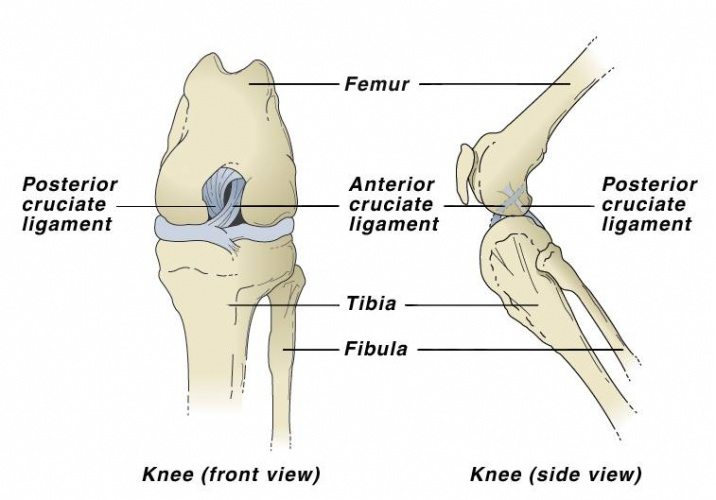TPLO Surgery in Saint Peters, MO
FETCH YOUR APPOINTMENT
What is TPLO surgery?
TPLO (Tibial Plateau Leveling Osteotomy) is a surgical procedure done on dogs with a ruptured cranial cruciate ligament. If you hire an experienced veterinarian, you’ll get great outcomes! With no post-operative problems, nearly 90% of dogs return to a full activity life.
What are the risks of TPLO surgery?
There are several risks that come with any surgical procedure, even the most minor ones. The most common danger you’ll face following surgery is infection. To ensure you know all you need to do to assist your pet recover from surgery, you will get thorough instructions from your veterinarian and surgeon. They must wear a cone to avoid contaminating the wound, of course. As little physical activity as possible after surgery is critical since they must rest and heal.
How long does a TPLO surgery recovery take?
The recovery time after TPLO surgery is approximately 8 weeks, although you should anticipate a total of 12 weeks for healing. Follow doctor’s instructions and limit activity during the first two weeks after TPLO surgery. It is your responsibility to ensure that your dog’s wound heals correctly and regains normal strength. Be careful to keep the wound clean and prevent it from coming into contact with your dog’s mouth while he recovers.
If your dog is still feeling discomfort after 6 to 10 hours, speak with our veterinary team about using ice wraps and heat to relieve pain at different phases of the recovery process.
Frequently asked questions:
What is the cranial cruciate ligament (CCL)?
What happens if the CCL ruptures?
What are the symptoms of a CCL tear?
If your dog’s leg is hurting and he refuses to put any weight on it, there’s a good chance something is wrong. Sitting with his hind legs apart and clicking or popping in the knee are additional factors to look for. If you notice these symptoms in your pet, it’s time to mention TPLO surgery to your veterinarian.
Can my dog tear more than one CCL?
According to studies, 50 percent of all dogs who have a ruptured or torn CCL in one knee will develop the same problem on the other side — usually within 1-2 years after their first.
